I officially began my full-time, freelance photography/writing career in September 1979. Young, and blindly optimistic, I reasoned that Jasper National Park, in the wilds of southwestern Alberta, would be the perfect place to scoop the competition, and find fame and fortune. So, on September 4th of that year, Aubrey and I left Ottawa and started on a 3,800-kilometre (2,360-mile) journey across Canada. En route, between the truck stops and the campgrounds, we plotted how we would bag the ultimate shot of a bugling bull elk.
I chronicled one of my first encounters with an elk in my field journal.
“My foot discovered a hidden twig and it snapped like a rifle shot. I froze and the bugling continued. Throughout the night, a pair of rival, hormone-charged bull elk had exchanged a vocal challenge lasting over an hour. With sunrise still an hour away, I reluctantly left the warmth of my sleeping bag to search for these mountain icons. In the muted light of dawn the forest was a confusion of spruce and pine and without warning I was suddenly close to one of the massive bulls. For an instant I thought the elk would charge, and justifiably reprimand me for my intrusion. Instead, with an agitated bark, it twisted and rushed a tangle of trees. Its antlers were immense and the bony framework struck a young pine tree uprooting the 5-cm thick trunk. The bull’s head momentarily jerked backwards but his legs kept pumping. Without a pause, the bull rammed two other trees, larger still, stripping their bark and leaving them leaning. The experience left me breathless.”
At that moment I unexpectedly became a full-fledged “elk-oholic”. In September, 2023, I returned to Jasper National Park to once again camp and hike among the elk.
Jasper is the largest of the four contiguous mountain national parks that straddle the continental divide between southern Alberta and southern British Columbia. The park was established in 1907, 22 years after Banff became Canada’s first national park.
Elk gravitate to open forests with adjacent meadows and clearings such as those created by wildfires, avalanches, wind storms, and logging.
Worldwide, there are 50 species in the deer family. Just five species of deer occur in North America, but all of them can be found in Jasper National Park, although the struggling mountain caribou population is critically endangered and numbers fewer than 100 individuals.
Bull elk often spend their summers feeding in the high country away from the cows and their calves, but leave these retreats and descend into the valley bottoms at the beginning of the autumn mating season.
Wapiti is the alternate name for the elk. It is a Shawnee Native American word meaning “white rump”, although the colour is actually tan rather than white.
Antlers are the signature headgear of the deer family. They are shed each year and then regrown again, revealing at a glance a bull’s genetics, age, health, and foraging ability. As a bull elk ages, the thickness, weight, and length of his antlers increases until he is 9-10 years old after which they slowly decline in mass. The number of spikes, called tines, are not a reliable measure of bull’s age as young bulls can sometimes have 4 or 5 tines on each antler when they are just 3-4 years old. Hunting organizations like to name the different tines. The bull pictured here has just 5 tines but trophy hunters often target those with 6, 7, or 8 tines, referring to these majestic males as royal, imperial and monarch bulls.
This young male, called a “spike bull”, is just 16 months old. He will become sexually mature in another year but will not likely become a breeding contender until he is 4 ½ or 5 ½ years old when he may finally be large and strong enough to challenge older rival males.
This young bull is conspicuously parading his antlers and adopting a dominant stance, attempting to intimidate a rival that he was approaching.
Sparring young bulls such as these lock antlers and push and twist each other around to assess their strength and determine their rank in the male hierarchy.
Sparring matches lack the fierceness of real fights, which are rare and occur when high ranking rival bulls challenge each other for the control of a harem of females. In real fights, the combatants are frequently stabbed in the face, neck, and chest with the average dominant bull sustaining 30-50 puncture wounds during a typical mating season.
Elk are the most vocal members of the deer family. One evening, I heard two rival bulls bugle 33 times in 20 minutes. The classic bugle, lasting roughly 10 seconds or less, starts with a bellowing whistle followed by a series of grunts and barks. Bugling takes lots of energy and is an honest cue of a bull’s health and vitality and females are attracted to bulls who bugle loudly and frequently.
Bull elk advertise their machismo by digging wallows in soggy soil using their antlers and hooves.
Once a wallow is dug a bull will liberally spray the wallow as well as the hair on his belly, mane and face with urine. Urine carries the metabolites of sex hormones and is an honest reflection of a bull’s health and reproductive condition. After anointing himself with urine, a bull will lay in the muddy wallow to smear himself with his individual scent.
Initially, a bull rubs his antlers on trees to scrape off the velvet once his antlers have stopped growing. After that, he will continue to thrash his antlers on small trees as a signal of dominance, a challenge to rivals, and an invitation to females. The thrashing transfers odours from a bull’s forehead, cheeks, and neck, and I have watched an interested female elk sniff the trees after a bull has left.
All elk have a large scent gland in front of each eye. Secretions from these glands are smeared on the trunk and branches of a tree when a bull thrashes his antlers.
A typical rub tree, also known as a signal tree or rubbing post, is usually small and limber enough to offer some resistance. It is a conspicuous visual marker of a bull’s presence. The damage to the tree usually kills it.
During the autumn breeding season, called the rut, a bull elk will try to herd and control the movements of a group of females, called a harem, until the cows become receptive to mating. Usually a bull has a maximum of 20 adult females in his harem, although most have fewer than eight.
When herding females, a bull elk will adopt a low stretch posture to deemphasize his antlers and appear less threatening.
Cow elk are in heat and attractive to bulls for several weeks but receptive to mounting for just 12-24 hours. To assess a cow’s readiness to mate a bull will nudge her on the rump to get her to stand and urinate so he can test her urine. This cow was peacefully ruminating when the bull approached her. She ignored him until he eventually gave up and walked away.
When a bull is successful in inducing a cow to urinate he tastes the urine, and adopts a characteristic facial expression, called a lip-curl or flehmen, in which the bull evaluates the urine for reproductive hormones which signal a cow’s likely receptiveness to mating.
Moments earlier, this cow had approached the bull and rubbed up against him signalling that she was interested in mating but he didn’t respond. When the bull failed to react to the female’s overtures she mounted him. This is a rare behaviour typically seen only when bulls are either seriously exhausted or injured from fighting.
Eventually the bull got the message and started to tongue-flick and audibly slurp, a common preamble to mating. In elk, as in all deer, mating is a rapid event, usually taking less than 10 seconds. The brief coupling time in elk, as in other deer, evolved to minimize a pair’s vulnerability to predators.
This bull spent nearly 30 minutes rubbing on this fallen aspen tree. He repeatedly scraped the thin bark with its lower front teeth, rubbed his antlers, face and neck on the shredded bark, and smelled the trunk time after time.
One might predict that this situation could end badly because the humanoid challenging the large 5-point bull elk was a full grown man wearing a multi-coloured beanie with a propeller on top. The bull lunged at him twice but the guy wisely put down his cell phone and never twitched a muscle. The bull soon lost interest and resumed following the female he had been shadowing moments before bozo the clown blocked his path.
This small 5-point bull was one of four bulls trying to kidnap the cows from a harem being guarded and herded by a much larger, older bull. I estimated that the wishful thinker was probably just three or four years old and would remain celibate for at least another year or more until his antlers enlarged and he had added some bulk to his frame.
About the Author – Dr. Wayne Lynch
For more than 40 years, Dr. Wayne Lynch has been writing about and photographing the wildlands of the world from the stark beauty of the Arctic and Antarctic to the lush rainforests of the tropics. Today, he is one of Canada’s best-known and most widely published nature writers and wildlife photographers. His photo credits include hundreds of magazine covers, thousands of calendar shots, and tens of thousands of images published in over 80 countries. He is also the author/photographer of more than 45 books for children as well as over 20 highly acclaimed natural history books for adults including Windswept: A Passionate View of the Prairie Grasslands; Penguins of the World; Bears: Monarchs of the Northern Wilderness; A is for Arctic: Natural Wonders of a Polar World; Wild Birds Across the Prairies; Planet Arctic: Life at the Top of the World; The Great Northern Kingdom: Life in the Boreal Forest; Owls of the United States and Canada: A Complete Guide to their Biology and Behavior; Penguins: The World’s Coolest Birds; Galapagos: A Traveler’s Introduction; A Celebration of Prairie Birds; and Bears of the North: A Year Inside Their Worlds. In 2022, he released Wildlife of the Rockies for Kids, and Loons: Treasured Symbols of the North. His books have won multiple awards and have been described as “a magical combination of words and images.”
Dr. Lynch has observed and photographed wildlife in over 70 countries and is a Fellow of the internationally recognized Explorers Club, headquartered in New York City. A Fellow is someone who has actively participated in exploration or has substantially enlarged the scope of human knowledge through scientific achievements and published reports, books, and articles. In 1997, Dr. Lynch was elected as a Fellow to the Arctic Institute of North America in recognition of his contributions to the knowledge of polar and subpolar regions. And since 1996 his biography has been included in Canada’s Who’s Who.



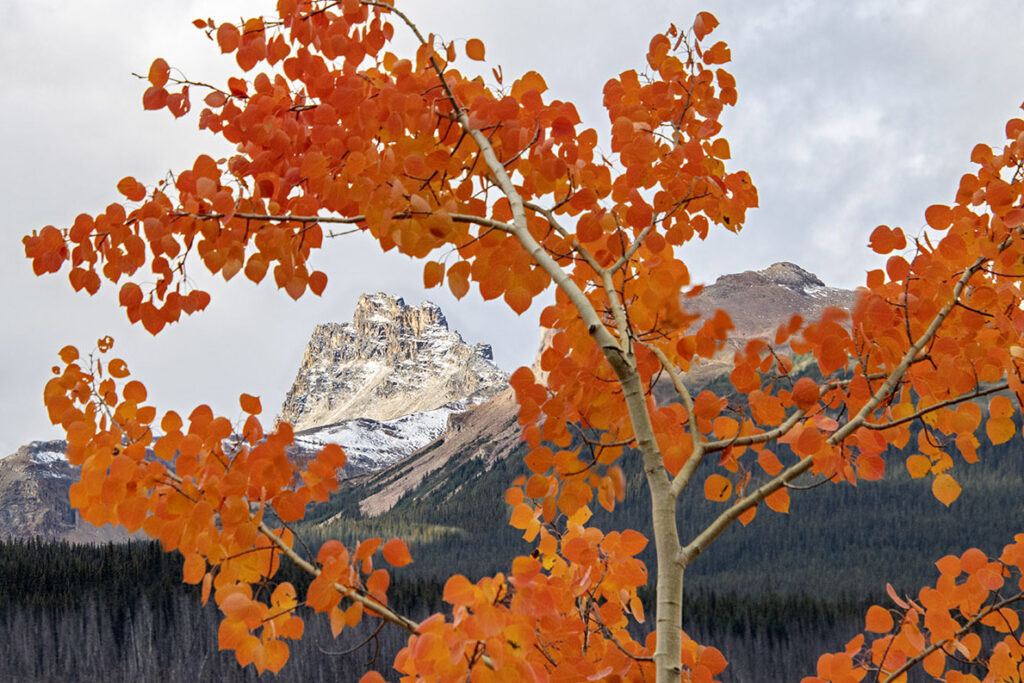
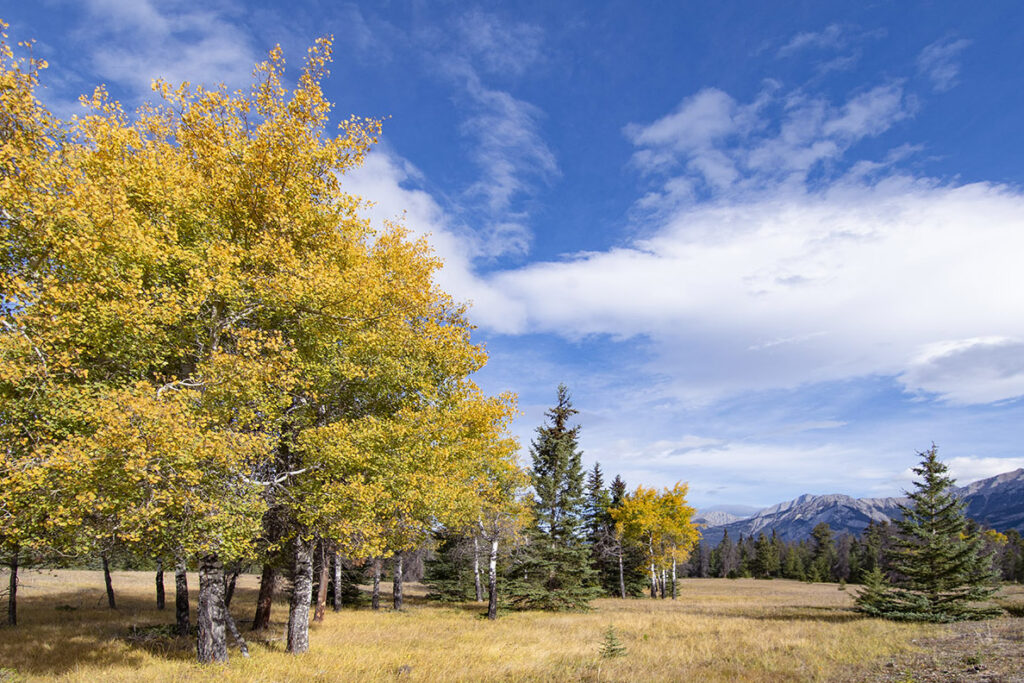
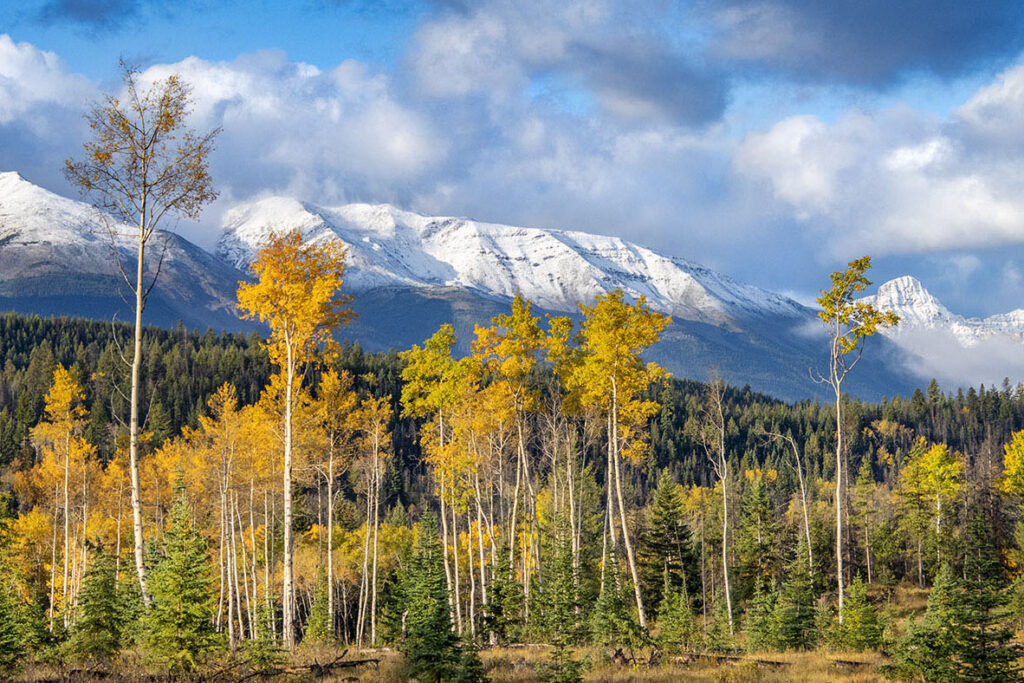
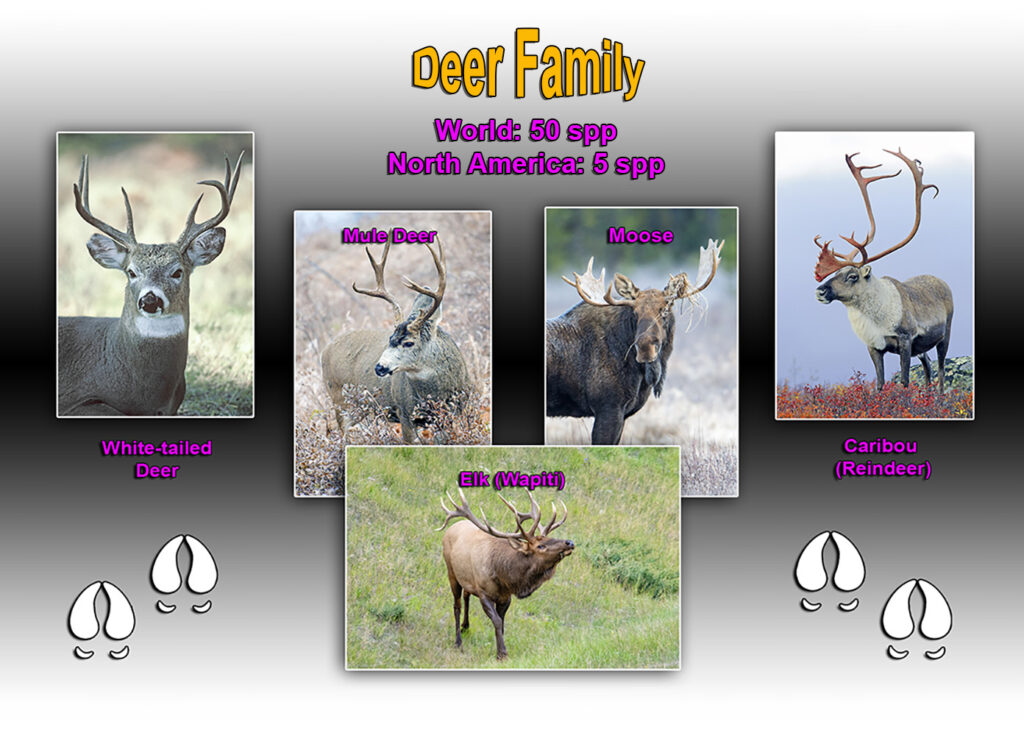
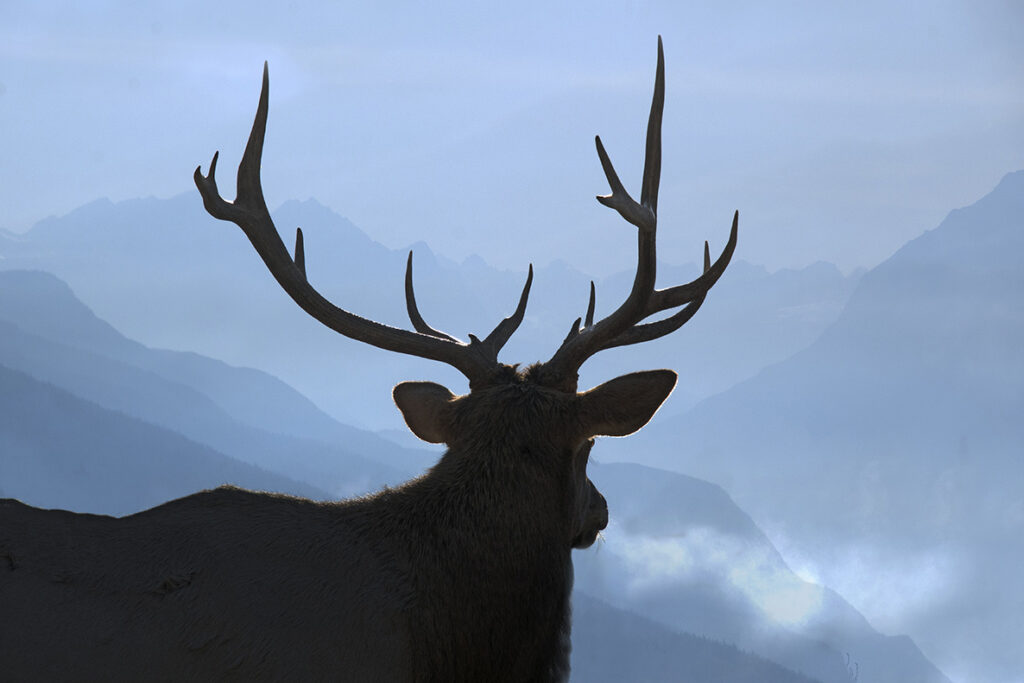
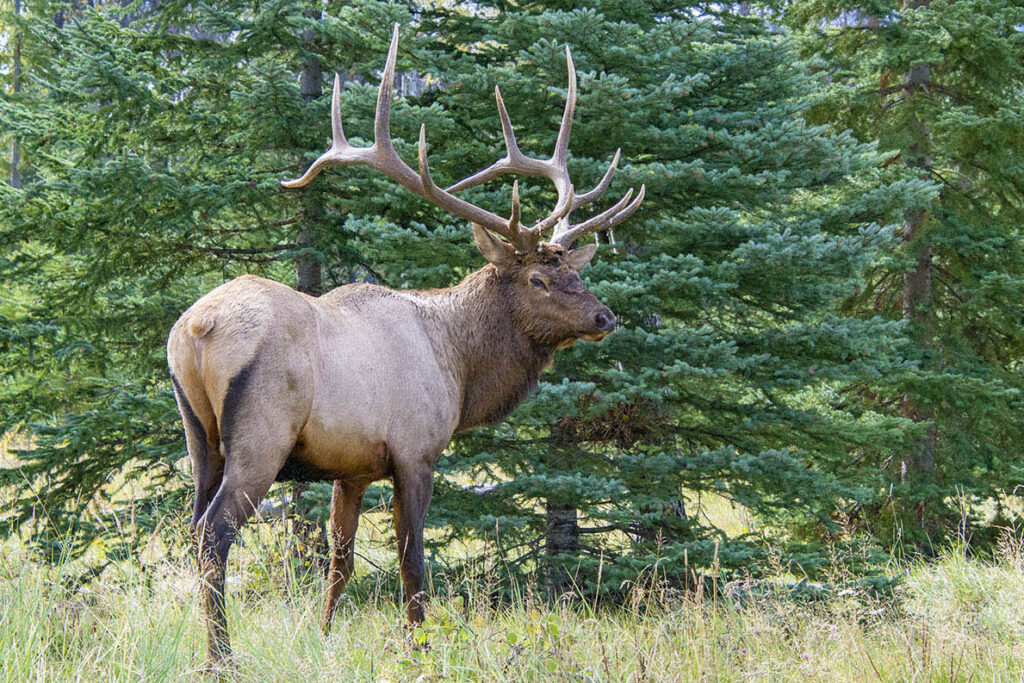



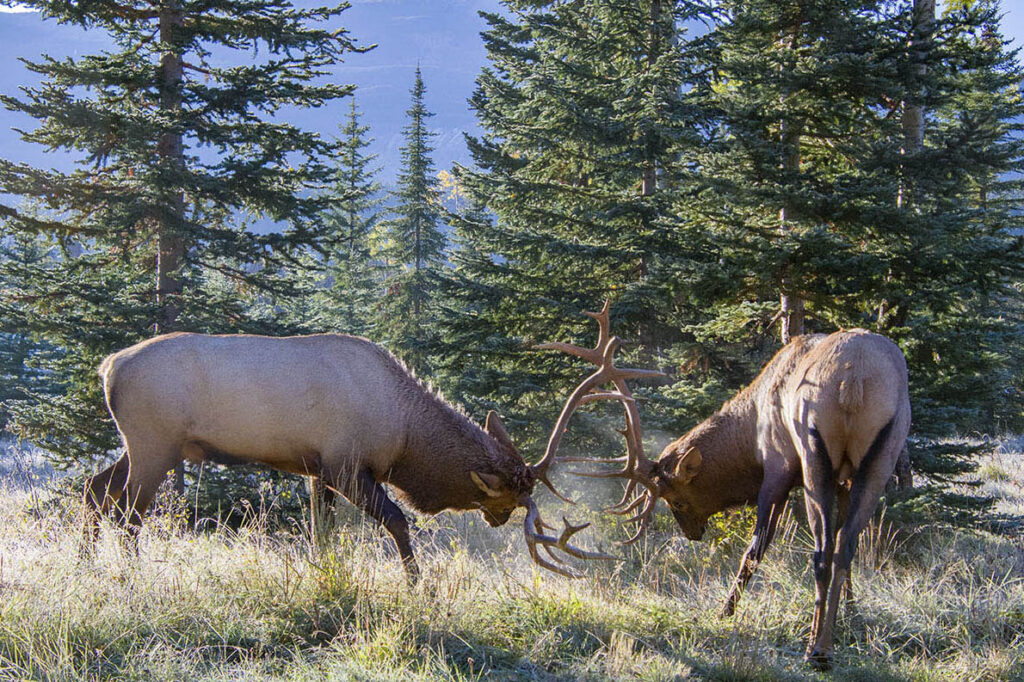

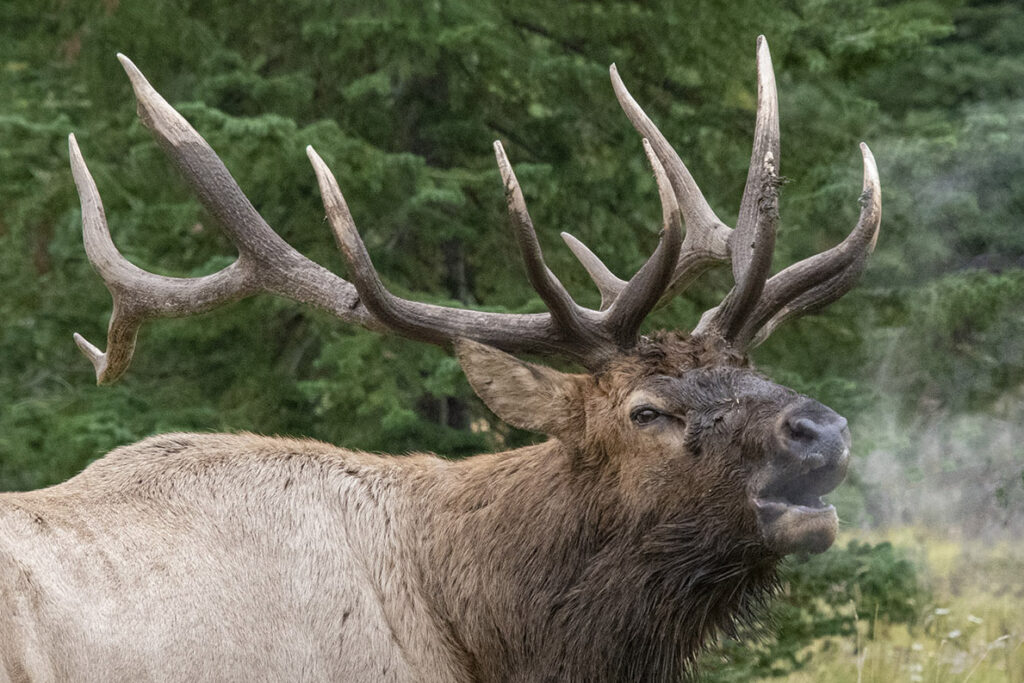
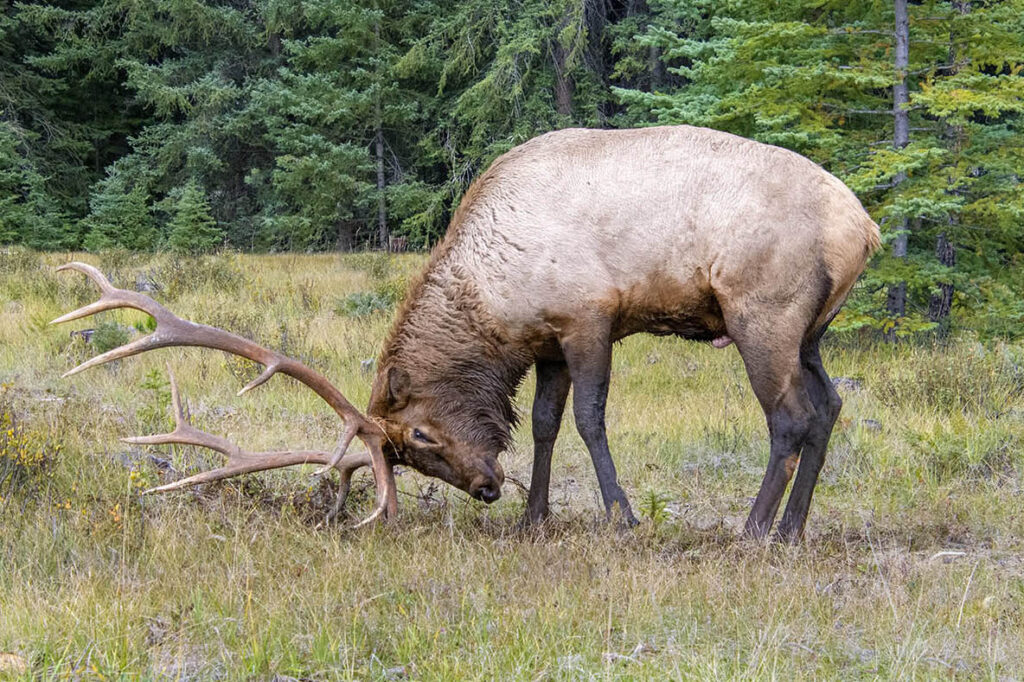
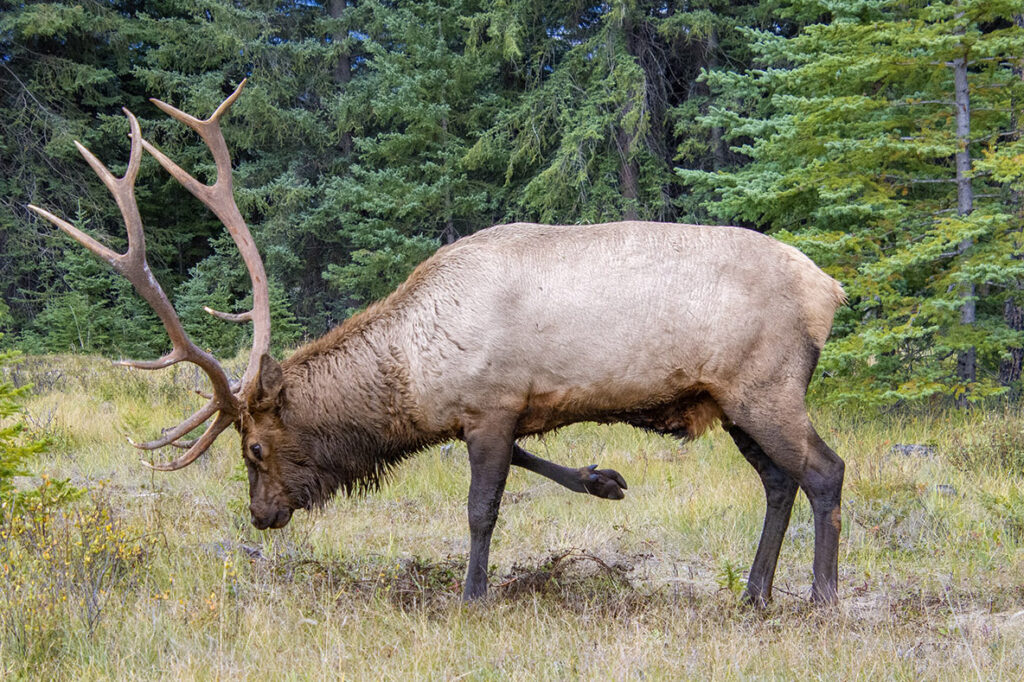
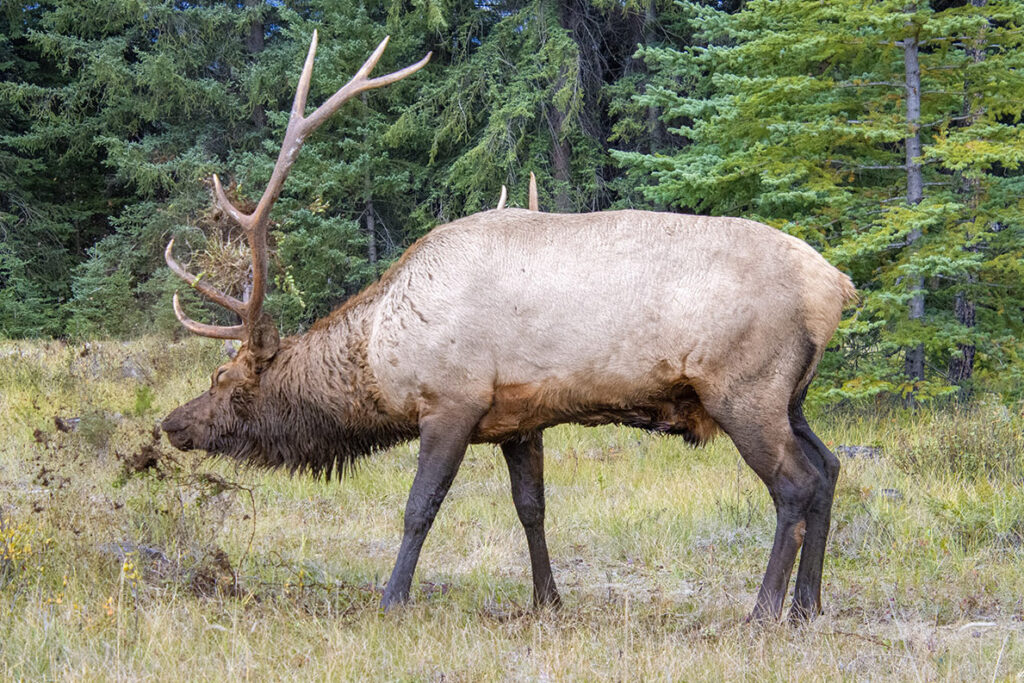
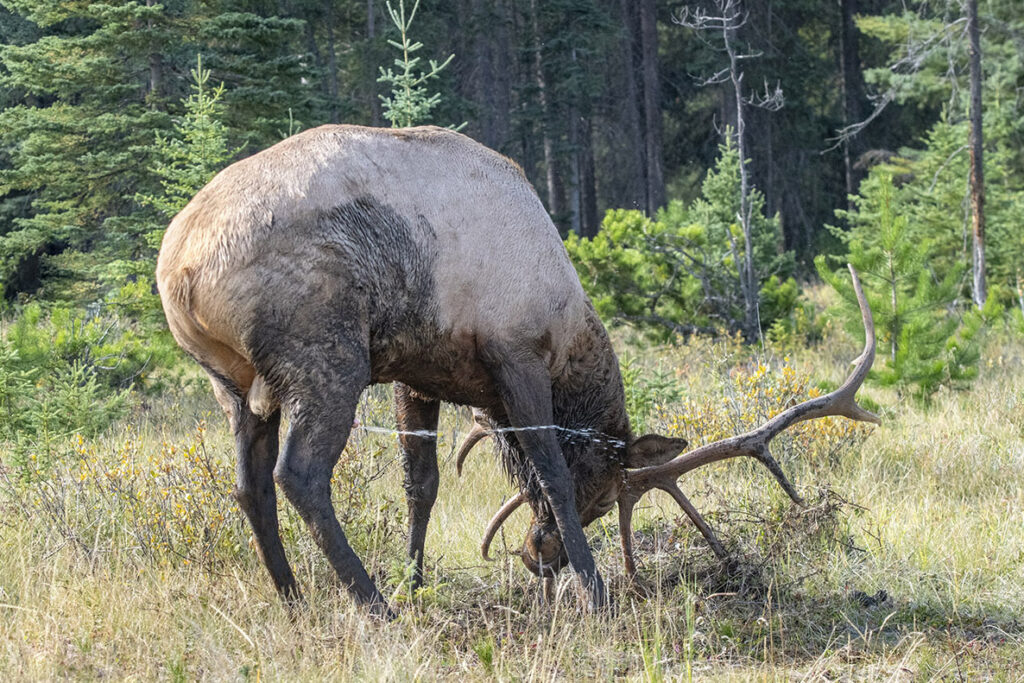
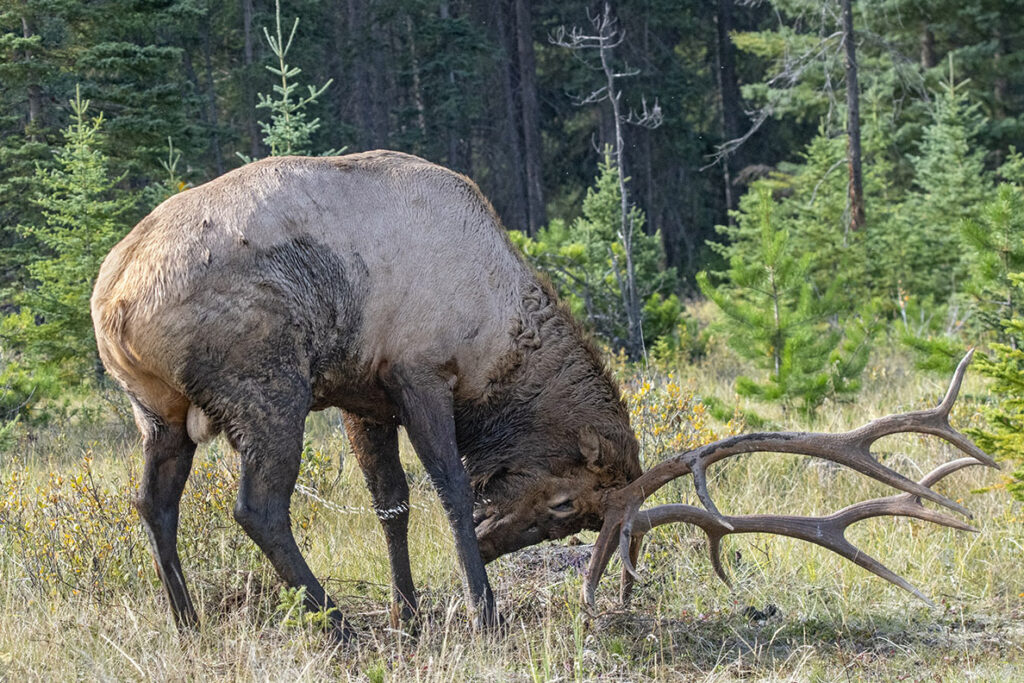
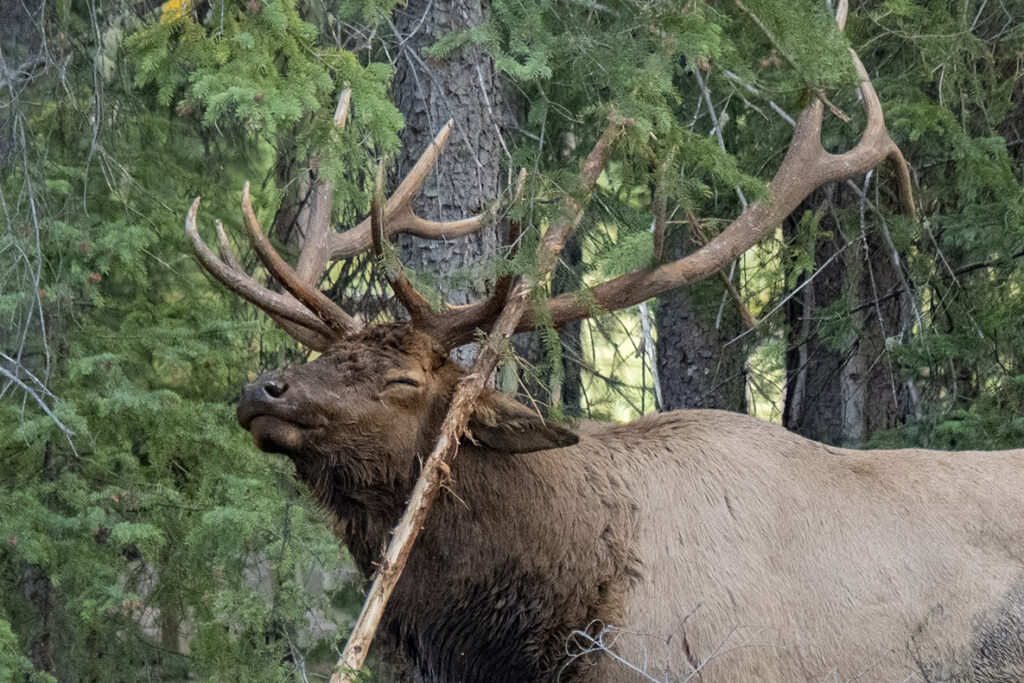

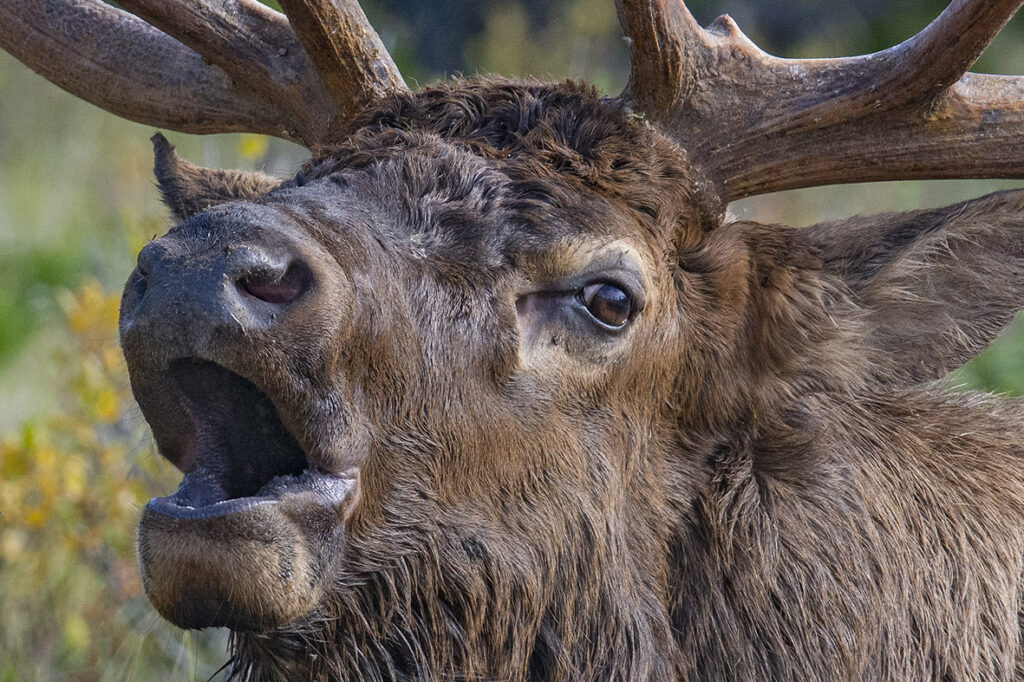
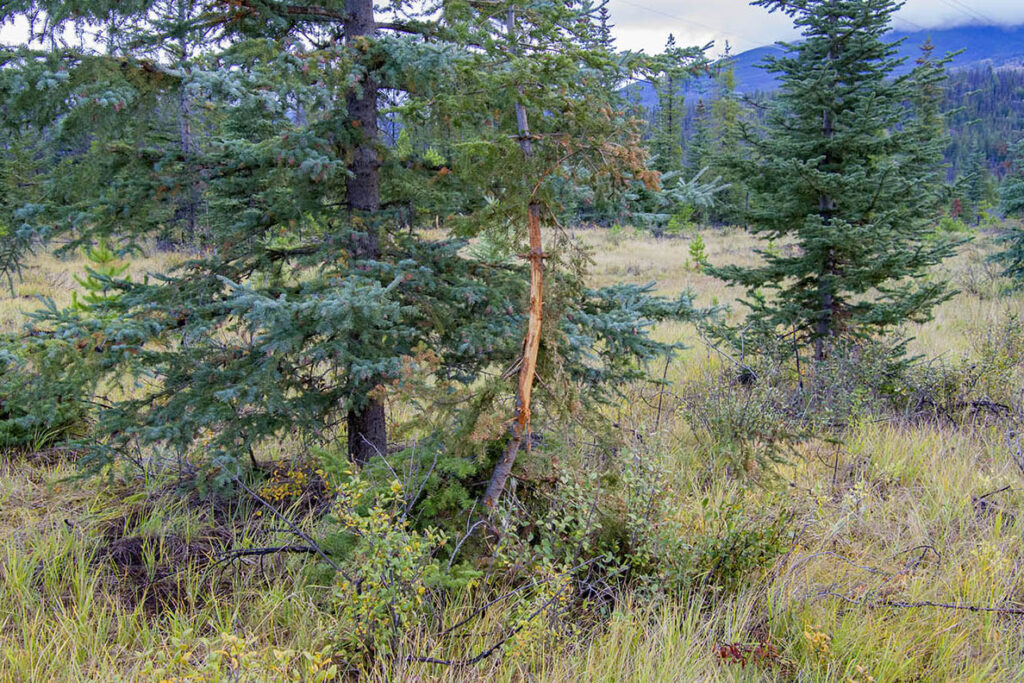
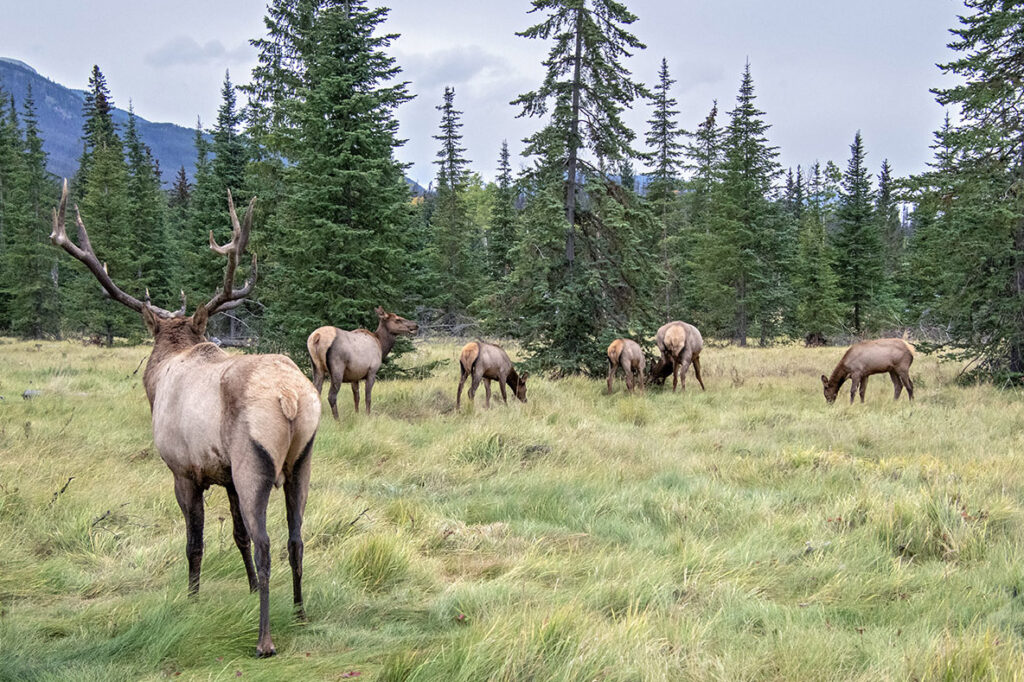
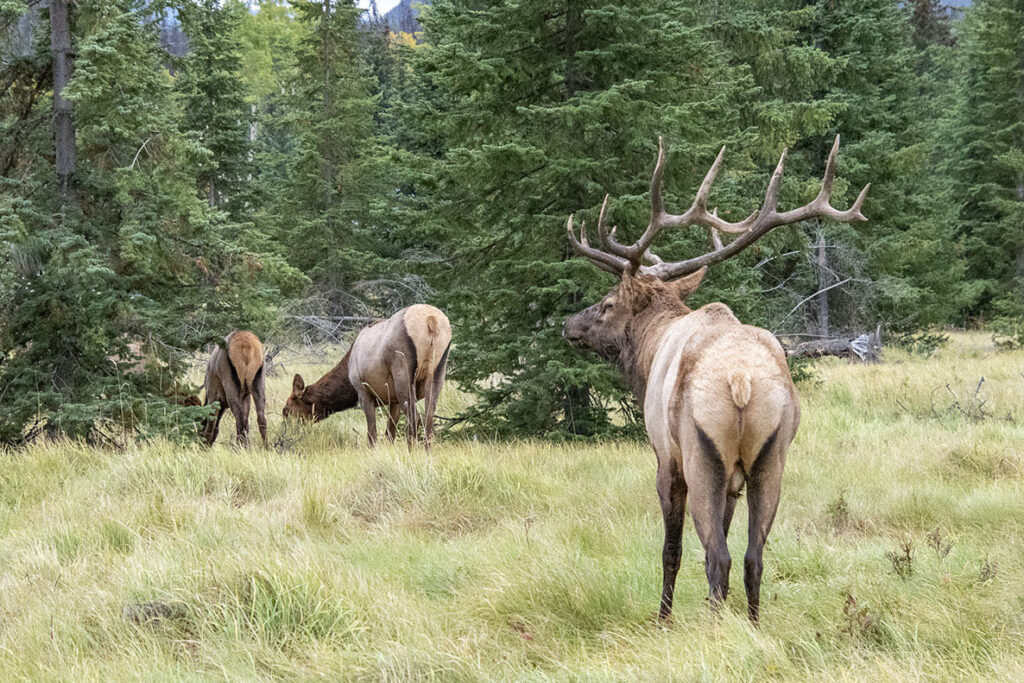
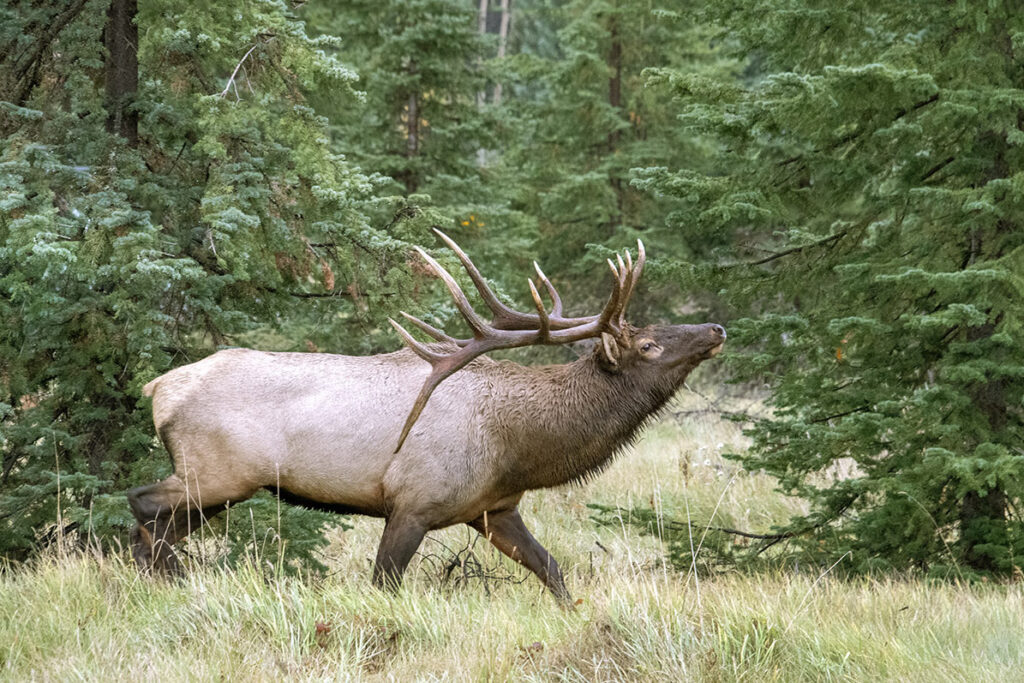
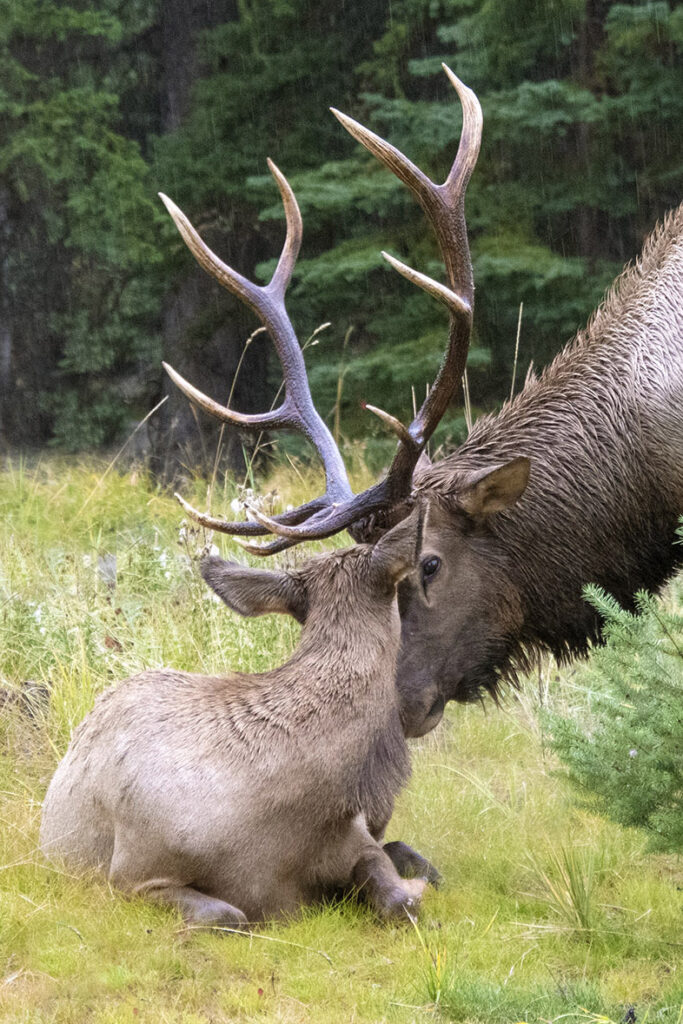
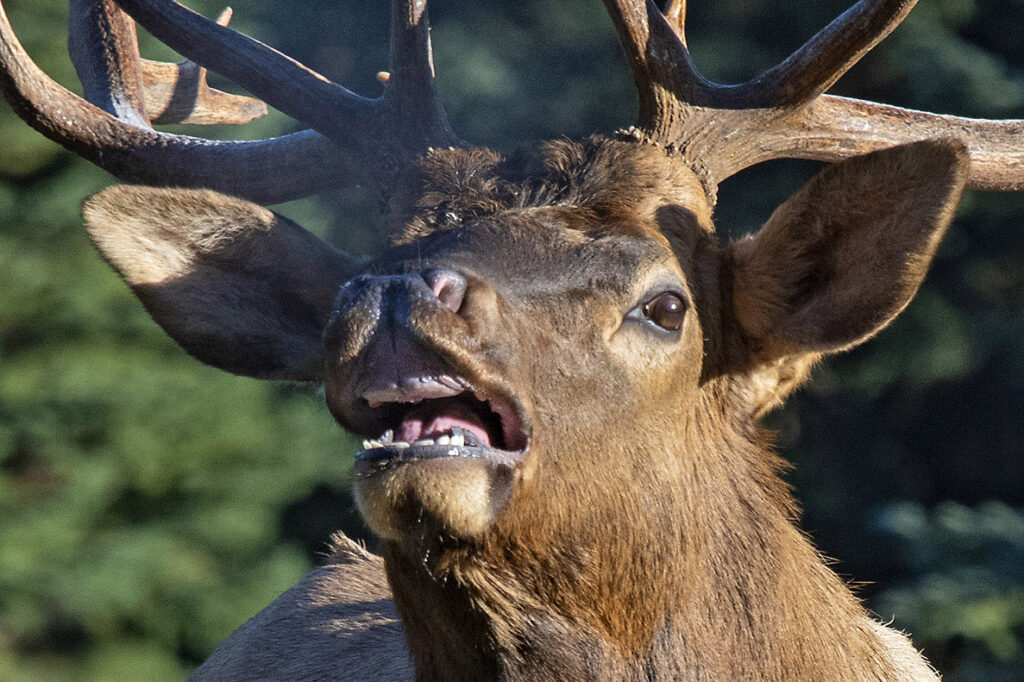
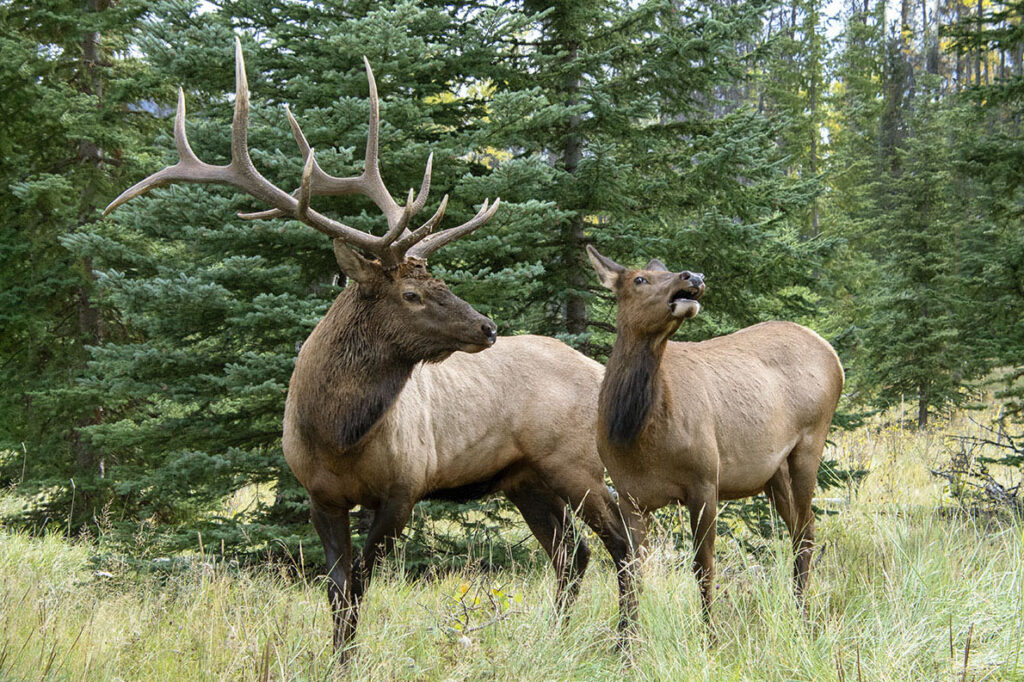
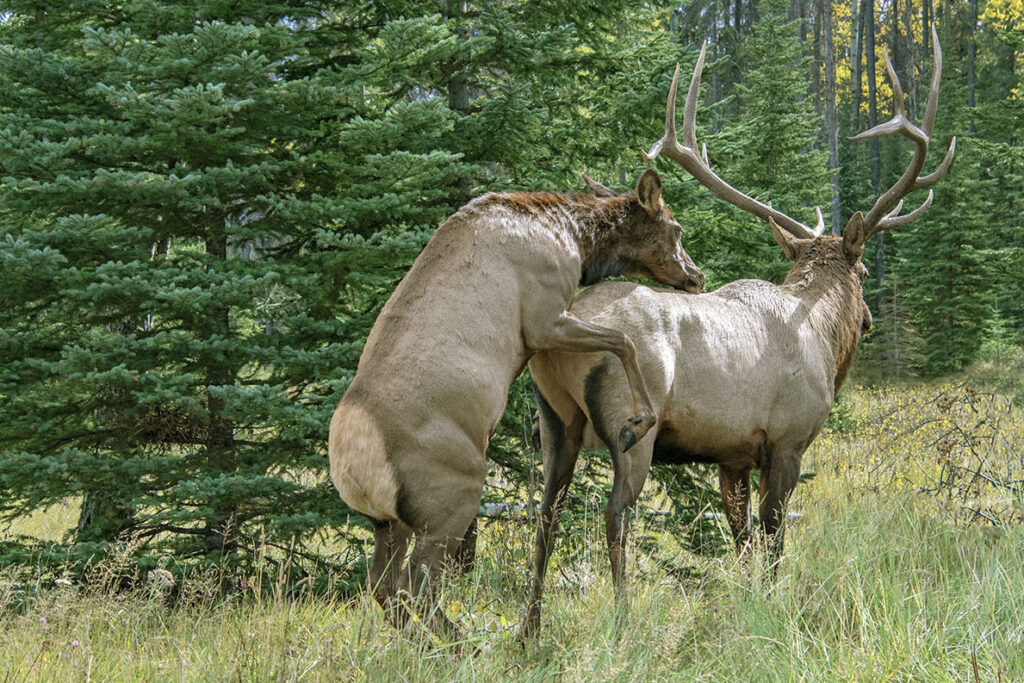
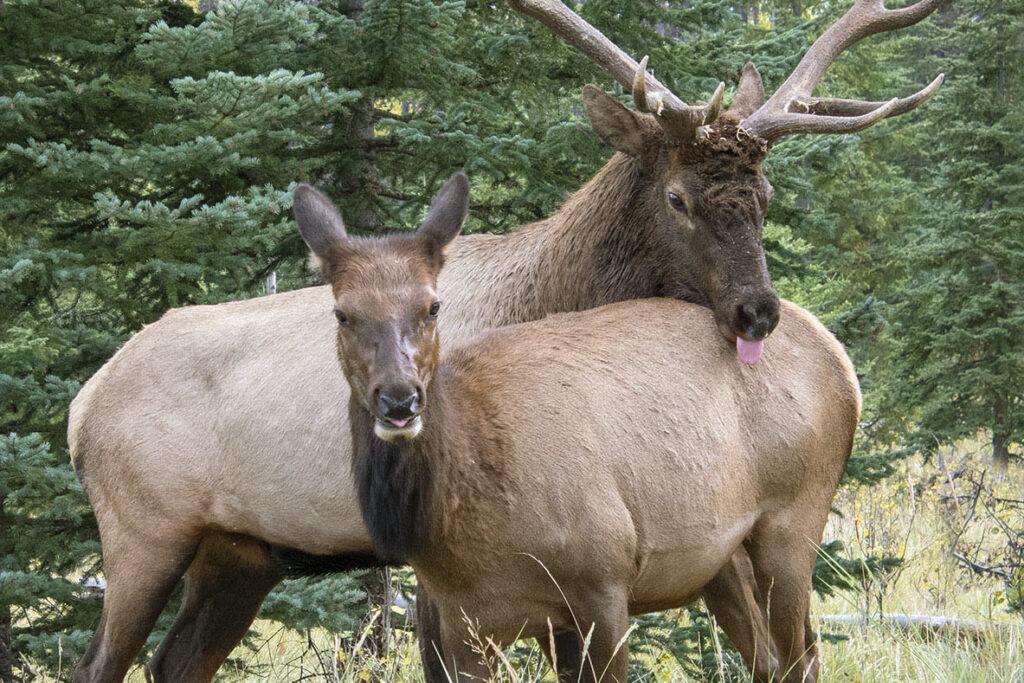
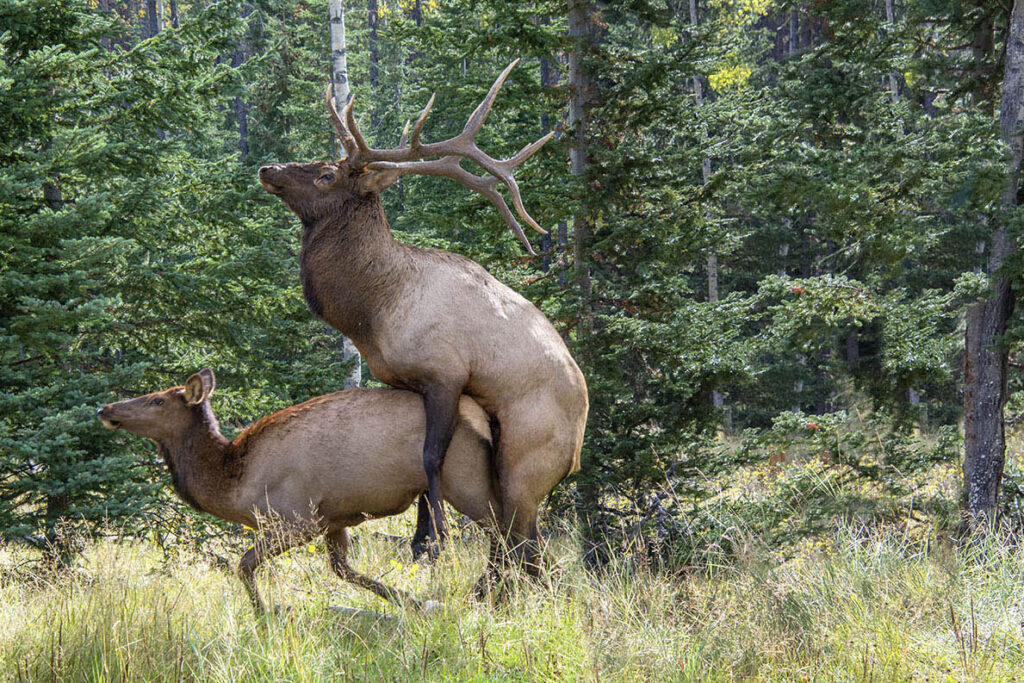

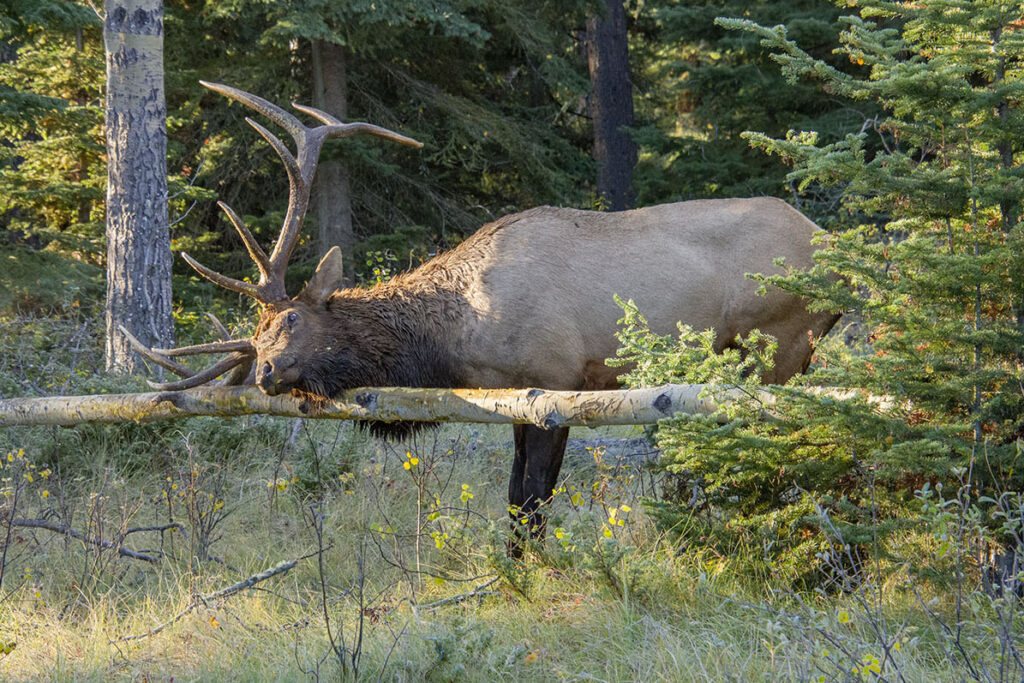

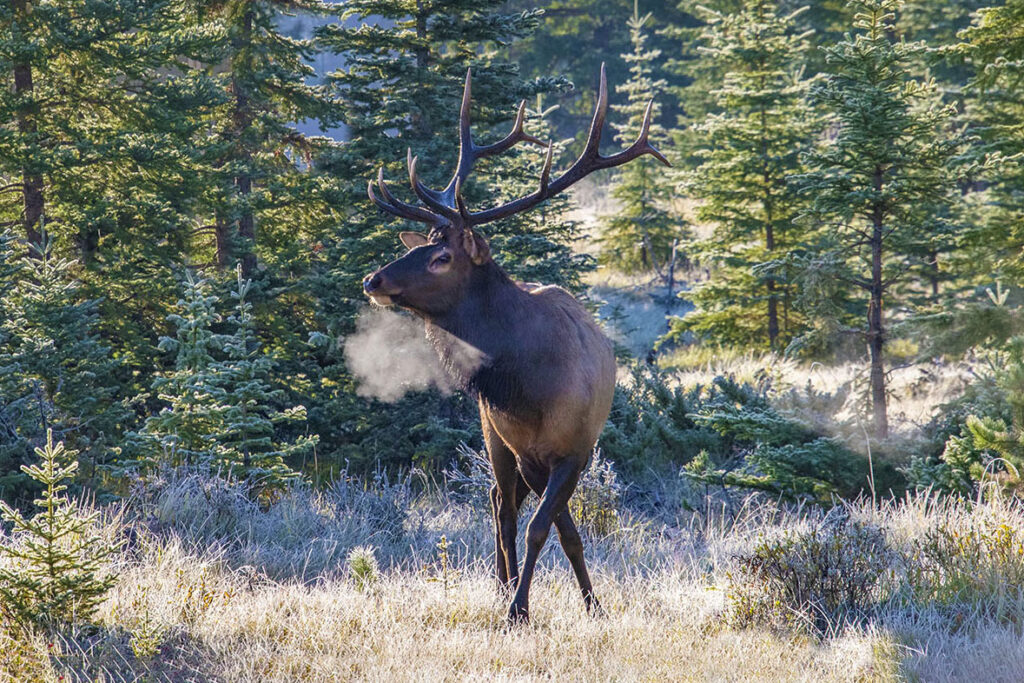





Thank you for the superb article, photography and details about the life and mating rituals of Elk. I’ve visited Jasper NP a few times over the years, but never at the right time or long enough to see and photograhy Elk in heat.
Cheers from Montréal 🙂
Thanks Frederic. Every time I spend a lengthy time with wildlife I see something new and learn a few more details about an animal’s life. I find the quest endlessly fascinating.
Wayne